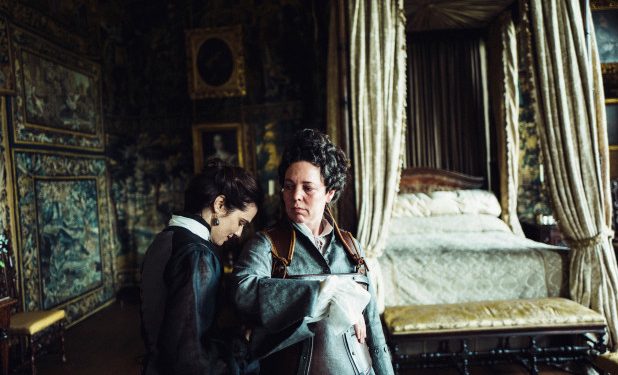Editor Yorgos Mavropsaridis’ relationship with Yorgos Lanthimos dates back to the director’s work in commercials. Back then it was established and Lanthimos was of the school to stay true to the director’s vision and a director’s vision was more important than that of the producer’s.
Mavropsaridis worked with Lanthimos on Dog Tooth, The Lobster, The Killing of a Sacred Deer, and The Favourite, and the two have established that language ensuring Lanthimos’ bold visuals and style is kept.
I caught up with Mavropsaridis on the phone from Greece who talked about the editor and director relationship.
How did you and Yorgos first meet?
I’m between generations. Yorgos is 45 and I’m a generation older. I trained in Athens and am from the school where the opinion of the director was more important than that of the producer. I did go and work with commercials because I wanted to do film and commercials were a way into the industry and that’s how I met Yorgos. He came over to start doing commercials. He had done video clips before that and I actually worked on his first commercial and then we started working together.
We got to know each other and started working within that frame of mind where we wanted to keep and stay true to the director’s vision even with the commercials.
He trusted me to work with him on Kinetta which was an improvised film with a 16-page script and there was a lot of improv from the actors. It was also a choreographed film, it was more about how people move than what actors say.
That was the beginning of our relationship really. We’d look at the four-hour cut and we came down to a 90-minute film. He stuck to his vision and then he worked on Dogtooth which was a career breakthrough for him and that’s when other people started to recognize his genius because I was one of the first to recognize it. I saw his way of trying to create his own cinematic language from the beginning. We tried other things editorially. He was of the school of not too many cuts. If you watch Dogtooth, I don’t think there are more than 450 cuts.
Giorgos Panousopoulos once said he didn’t see my work and I told him that was the point.
After that, Yorgos did The Lobster with the same team. We did Sacred Deer and finally, The Favourite and I’ve been there from the beginning.
At what stage did you come into The Favourite?
I was finishing Deer when he started shooting The Favourite, so it was impossible for him to stay and work on the visual effects of that film, so I wasn’t there from the beginning of the shoot.
He wanted to try working with someone else on the rough cut for about four months. He called me and I went to London, I hadn’t seen anything and so I started assembling it together. I presented it to him in September and then we began our method.
We start working on the acting first. We look at the music but we also do it in script order.
Once we do that, it needs to start conforming to Lanthimos’ language and to his aesthetics values. With this, we wanted to do more editing than normal. This is how we approach our editing for rhythm and we wanted to do something different, or sometimes, we don’t like a scene but we need to keep a phrase so we try something different. He’ll give me notes and then I’ll put my own experience into it.
Sometimes, it’s like being a musician. He gives me direction and I have to perform. So, it’s a matter of skill and creates a new way of presenting the script. For Lanthimos, the way he presents a film is more important that the way he presents the plot.
When you see a film, you know it’s a Yorgos Lantihmos film.
To find the right structure, it takes time, it takes numerous attempts. We need to make sure that the way the plot progresses is in his style.
He likes presenting people with a thesis. In the script, Abigail’s arrival was the first scene and we follow her character, but that means, we start with her and you’re telling the audience you’re going to say something about her, so we changed that to the Queen discussing love and then the title shows. So, it became a tale about love dealing with three women and how each experience love.
What was the idea of using the chapter breaks to divide the narrative?
He came up with this idea and it was a way to find phrases to connect the story. We just played around with what came when.
You use the match cuts in the film here, talk about how you use it here in the film?
That was the linear approach where she becomes the servant and her boss has this disease and she overhears that conversation. She realizes something is going on and schemes in that classical narrative of reason and result. So, she goes out and gets this medicine and you understand that she helps the queen but she’s also scheming.
We wanted to break that linear approach because this is how people perceive that order. The cinematographer creates that order. It’s classical narration, but Yorgos doesn’t work that way.
He wanted to try things differently and so we did it with that.
He decided on the dissolves much later and it was one of the later ideas. The Queen has a high fever so we used it as a way to how the queen sees things, aesthetically it was true to itself, the idea behind it was how the queen sees things.
We also wanted to use it to speed things up and that’s something else that was important, pace.
















![2025 Oscars: Can a Late-Breaker Still Win Best Picture? [POLL]](https://www.awardsdaily.com/wp-content/uploads/2024/10/gladiator-350x250.jpg)
